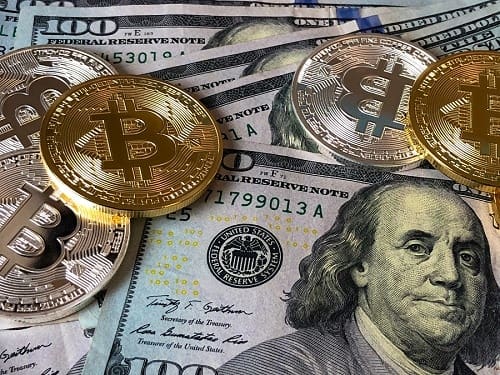A report by blockchain data platform ‘Chainalysis’ has shown a 30 per cent increase in cryptocurrency being used for money laundering in 2021 compared to the previous year.
$8.6 Billion
The 2022 Crypto Crime Report noted how cybercriminals laundered a massive $8.6 billion worth of cryptocurrency in 2021. The figure was arrived at by compiling the amount of cryptocurrency being moved from illicit addresses to addresses hosted by services.
Only A Measure Of Online, Not Offline
If $8.6 billion seems like a very large amount, the report also notes that this doesn’t even take into account the amount from offline crime (e.g., traditional drug trafficking) that is converted into cryptocurrency to be laundered.
Most Money Laundering Doesn’t Involve Cryptocurrency
To put the numbers into perspective, it’s worth noting that between $800 billion and $2 trillion of fiat currency (government-issued currency) is laundered each year, which represents as much as 5 per cent of global GDP. By contrast however, only 0.05 per cent of all cryptocurrency transaction volume was laundered in 2021, meaning that cryptocurrency is by no means the preferred method for money laundering yet.
Blockchain More Transparent Says Chainalysis
Chainalyis, the report’s author, says that the reason why there is a big difference between fiat and cryptocurrency-based money laundering is that the transparency of blockchains means that it’s easier to trace how criminals move cryptocurrency between wallets and services to try and convert it into cash.
Thieves Use DeFi Platforms & Scammers Use Centralised Exchanges
The report highlights how those involved in theft tend to use DeFi Platforms (with DeFi protocols) whereas scammers tend to prefer centralised exchanges for their money laundering. The report says that this is because:
– DeFi /open finance platforms have no middleman (no bank or credit card issuer as an intermediary in financial transactions) and, therefore, offer greater anonymity, which may be why they received 17 per cent of all funds sent from illicit wallets in 2021 (up from 2 per cent!). Chainalysis noted in its report that addresses associated with theft sent just under half of their stolen funds to DeFi platforms (around $750 million worth of cryptocurrency in total).
– Scammers tend to lack technical sophistication and, therefore, prefer to send the majority of their funds to addresses at centralized exchanges.
Looking For Patterns & Using Compliance Checks
The report accepts that because some criminals use cryptocurrency to launder funds from crimes that happen offline, it is not easy to track all money laundering activity. However, looking for patterns that suggest users may be trying to avoid compliance screens, and introducing compliance checks can help uncover more illegal activity.
What Does This Mean For Your Business?
As the report points out, using cryptocurrency to launder money is becoming increasingly popular, but is still nowhere near as big a problem as fiat-based money laundering, perhaps due to the transparency risks of blockchain (with increased checks) and the complexities of using cryptocurrencies not being widely understood. In fact, even most genuine investors and traders don’t fully understand cryptocurrencies. For example, a Cardify report (March 2021) showed that only 16.9 per cent of investors who have bought cryptocurrency don’t fully understand its value and potential, and 33.5 per cent of buyers have either little or zero knowledge about cryptocurrencies.
Nevertheless, criminals using cryptocurrency for money laundering is clearly a growing problem. One important measure that could be taken to help tackle the problem is making sure that those tasked with investigating it have a good understanding and are trained in cryptocurrency and blockchain analysis and/or have expert help. Also, more attention needs to be paid to how DeFi transactions can be analysed, and to enlisting the help of the teams behind DeFi protocols to screen wallets for suspicious activity and patterns e.g., prior transactions with known illicit addresses.


